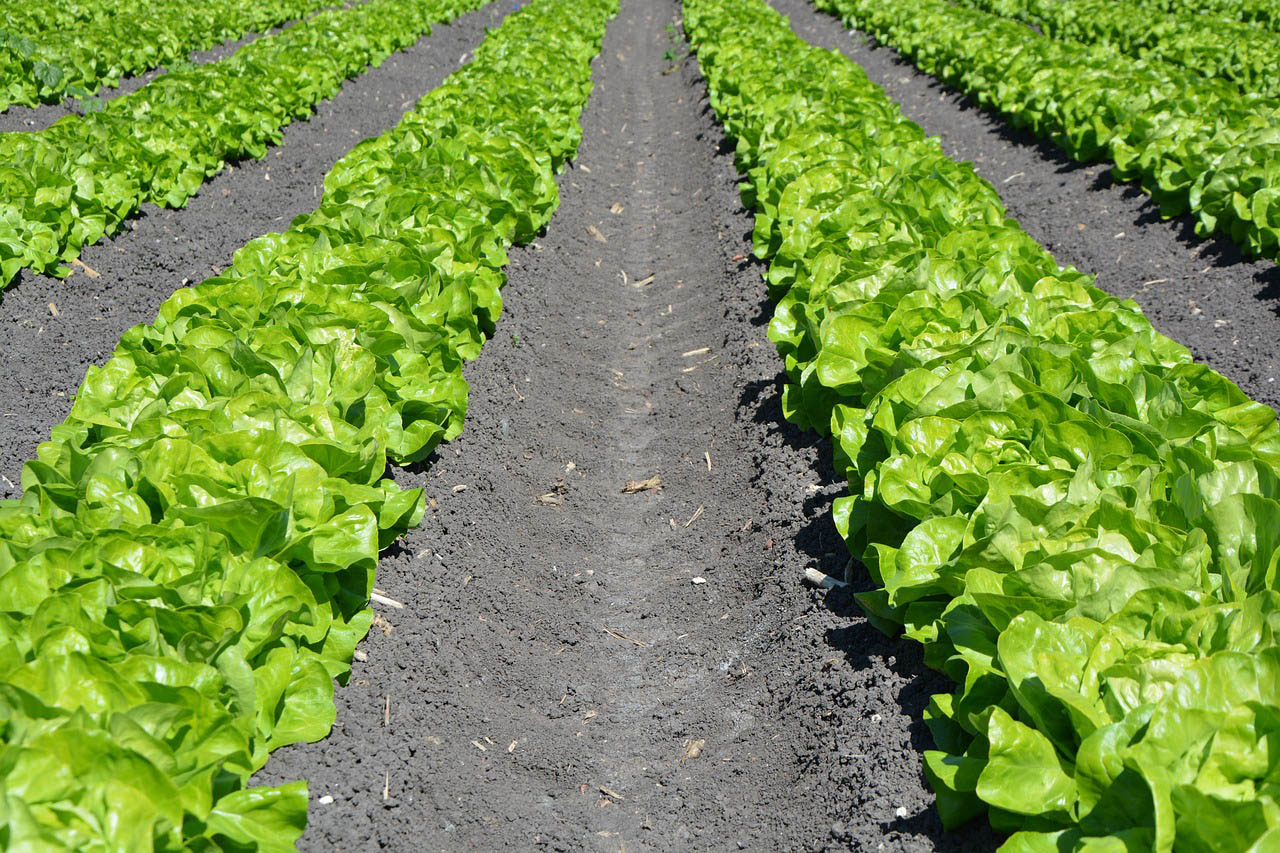What is CBG?
CBG stands for Cleaner Burning Gasoline. This name represents special gasoline formulations that are required to be sold in certain areas of Arizona due to air quality regulations. CBG is sold in Maricopa County and Area A year-round and is required by the United States Environmental Protection Agency under an air quality non-attainment State Implementation Plan (SIP). There are different CBG requirements for the summer and winter months due to climate and vehicle drivability factors. CBG is also sold during the summer in Area C as required by A.R.S. § 3-3494. You may have also heard the term "AZRBOB", which is an acronym for Arizona Reformulated Blendstock for Oxygenate Blending. AZRBOB becomes CBG once it is blended with the required volumes of an oxygenate such as ethanol.
How Weights & Measures is Involved
Refinery
The Weights and Measures Services Division (WMSD) audits fuel refineries to verify compliance with regulatory reporting requirements, analytical methodology, and procedures used to analyze fuel quality. This helps WMSD ensure that the gasoline produced at the refineries meets regulatory and fuel quality requirements before it is shipped. It is at this point that refineries certify their gasoline batch before shipment.
Storage Terminal
This is an intermediate point where different gasoline batches are stored before they are transported through the pipeline. A gasoline batch becomes a fungible product in a storage tank where it is mixed with other gasoline batches meeting the same specifications. The batches in the tank may not necessarily come from the same refiner. All refiners are held to the same standards and are expected to produce a compliant product. WMSD requires that the transfer of gasoline batches be tracked to ensure that the batches are not mixed with anything other than a product meeting the same specifications (e.g., CBG is not mixed with conventional gasoline).
Pipeline
WMSD requires that the fuel parameters be checked before entering the pipeline to ensure that the product meets federal and state requirements. Once it is confirmed that the gasoline batch meets all applicable requirements, it is scheduled to journey to Arizona.
Distribution Terminal
After the long journey through the pipeline, the gasoline batch ends up in another storage tank at a terminal. At this point, the gasoline is blended with up to 10% ethanol, which occurs just as the fuel is loaded into the delivery tanker. Like the pipeline, distribution terminals must also analyze the batches of fuel that they receive, store, and distribute to continually ensure that product quality has not been compromised. The terminal will take random samples from delivery trucks at the loading racks to ensure all fuel quality parameters are met. The terminal also produces a Product Transfer Document (PTD), which identifies the transported product and accompanies the fuel shipment to its final destination. WMSD investigators regularly review these PTDs during fuel quality inspections to ensure that they accurately represent the product delivered to the fuel dispensing site.
Fuel Dispensing Site
The last point at which WMSD can ensure fuel quality is at a fuel dispensing site. WMSD investigators regularly visit random fuel dispensing sites to collect fuel samples for laboratory analysis, inspect product storage and dispensing systems, and ensure compliance with all retail fuel requirements. Often, fuel quality inspections are combined with fueling device, price posting, and price verification inspections at the same location to ensure that WMSD is performing a thorough and efficient review of the regulated location.
Business Specifics
Arizona state law requires you to be a registered supplier if you produce and ship CBG or AZRBOB. To become a registered supplier, you must meet the requirements outlined in Arizona Administrative Code Title 3, Chapter 7, Article 7, and submit a CBG Registration Form to WMSD.
Emissions Models
Modification of these spreadsheets could result in non-compliant specifications being generated. These spreadsheets are intended to only assist you. The use of this spreadsheet does not automatically assure compliance with the requirements in Arizona Administrative Code (A.A.C.) Title 3, Chapter 7, Article 7.
EPA Complex Model (Excel) to be used to certify Type 1 gasoline meets the emission reductions in A.A.C. R3-7-751 and Table 1.
The California Predictive Model (Excel) spreadsheet contains the predictive model procedures and calculations for the California Air Resources Board (CARB) Phase 2 PM alternative formulations for gasoline. Note: The point of compliance is the actual procedural document provided below, and not this spreadsheet.
Effective March 5, 2023, registered suppliers may use the California Reformulated Gasoline Blendstock for Oxygenate Blending (CARBOB) Model as a substitute for the preparation of an ethanol hand blend and use the fuel qualities calculated under the CARBOB Model for compliance and reporting purposes. See R3-7-751(I).
-
Food Access
Finding Healthy Food in ArizonaConnecting people, food, and resources through partnerships with producers, non-profits, for-profits and government.
-
Get a License
Apply For, Renew, or look up a LicenseEnter our Licensing and Payment System then use the filter at the top to find the license you want to apply for or renew or find existing license information, including CEU's
